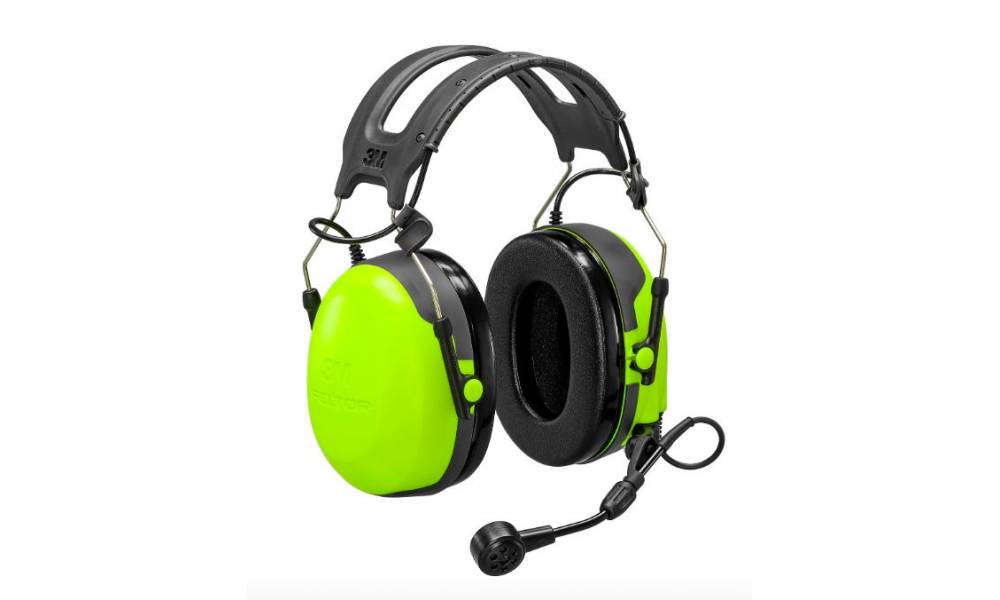Walkie-talkies are still the go-to communication tool for a huge range of scenarios. Both for business and private use, the convenience, simplicity, and cost-effectiveness of a walkie-talkie make it the perfect choice.
But, this popularity means there is a huge range of walkie-talkies to choose from. For the buyer, this can be confusing. This guide looks at five aspects that should be considered when buying a walkie-talkie.
Once you understand these and the importance of them, choosing the right walkie-talkie is easy. Read on to discover 5 tips that make buying your walkie-talkie simple.
Step One – The Operating Environment
The first thing to consider is the type of conditions that you expect your walkie-talkie to operate in. Most working environments will require a more powerful and feature-rich walkie-talkie, and in many cases, will also want to select a model that is both waterproof and dustproof.
Of course, private users who expect their walkie-talkies to work when camping, sailing, or other outdoor activities will also benefit from such features.
A great example of such a model is the Kenwood TK3701DE. This model is perfect for most business operations and for private use where it will be faced with harsh conditions. This has plenty of features and operates in both digital and analogue modes.
Step Two – Selecting the Right Radio Frequency
Walkie-talkies are available in two radio frequency bands – UHF and VHF. Understanding the advantages and disadvantages of these goes a long way to help make an informed choice when shopping for a walkie-talkie.
VHF – VHF radios have the advantage of offering a longer range of communication using less power. This makes them ideal for wide open spaces like farms, the marine environment, and airports.
However, there is a distinct drawback to VHF that makes it less capable in certain circumstances – VHF radio frequencies have less penetration than other bands, which means that this type of walkie-talkie is less effective in built-up areas or environments where there are lots of obstacles.
UHF – The exact opposite can be said of UHF radios. These offer less range for the same power as VHF radios. However, thanks to better penetration, they are far more effective in built-up areas.
Step Three – Walkie-talkie Range
The first thing to note when discussing the range of a walkie-talkie is that the stated range is measured using optimum conditions. The reality is that these conditions rarely occur when two-way radios are used in real life.
The metric to look for when selecting a walkie-talkie with the right range for your needs is the power output. This is measured in watts, and most walkie-talkies are rated between 1 and 5 watts.
As an example, the Motorola XT185 can operate in two power modes, 0.5 watts and 1 watt, and offers a maximum range of 8km. However, this is the optimum range, so if you are looking to communicate over this distance, then look for walkie-talkies that are rated above this figure.
Step Four – Battery Life
Walkie-talkies are surprisingly light on their battery usage. Some models, such as the Motorola T82 will operate for up to 18 hrs on a single charge. This is one factor that should always be considered when selecting the perfect walkie-talkie for your needs. Most business uses will involve walkie-talkie batteries having to last at least the length of a shift.
Always check the stated battery life of your preferred radio before clicking the buy button. Of course, most walkie-talkies allow users to easily swap batteries.
This means that even in cases where walkie-talkies have to operate for extended periods, a spare battery makes it simple.
Step Five – Licensed or Unlicensed Walkie-talkies
The final criteria to look at is the choice between licensed or unlicensed walkie-talkies. For the private user, this is an easy choice. There simply aren’t many scenarios where licensed radios are necessary for non-business use.
The easiest way to decide whether licensed or unlicensed is the right choice is to understand the benefits of licensed radios:
Benefits of Licensed Radios
- Assigned frequencies for uninterrupted communications
- Longer range
- Increased security
- Clearer communication.
A great licensed two-way radio option is the new Motorola MOTOTRBO R2. The R2 offers enhanced durability and user-friendly design. It boasts impressive coverage, adaptable audio, and meets the MIL-STD 80 military spec.
Conclusion
Just understanding the five factors listed above makes choosing the perfect walkie-talkie a whole lot easier. If you need any further help choosing the right two-way radio, then our experts are always on hand to help.
Call us today for free and impartial advice on choosing the perfect walkie-talkie.





